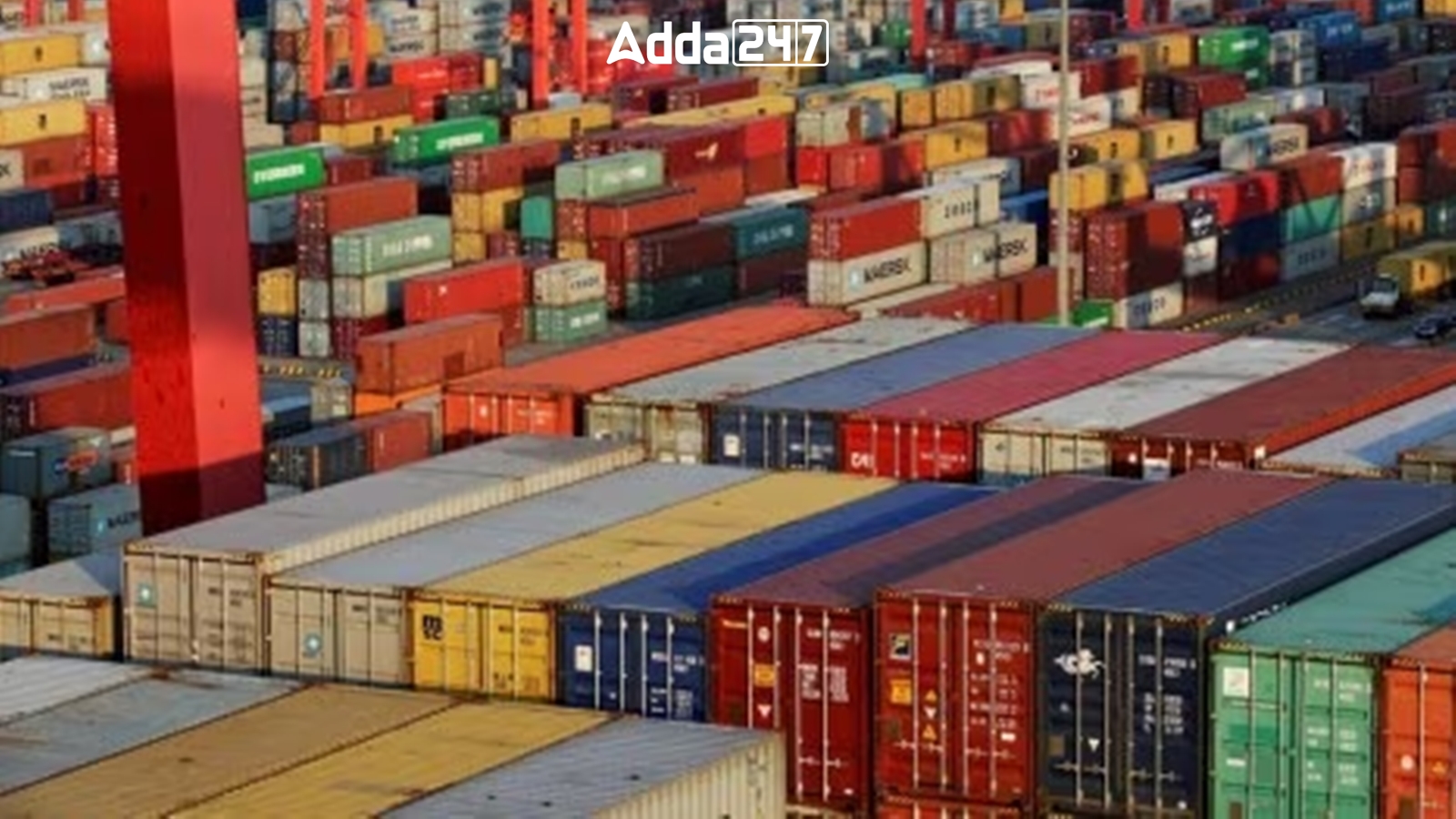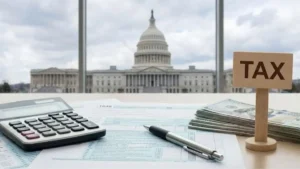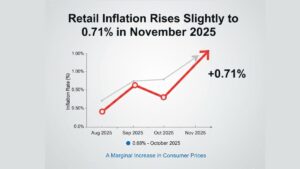India’s merchandise trade deficit reached a low of $15.60 billion annually in March, marking a significant reduction in the yearly deficit to $240.2 billion in FY24. This decline comes as India strategically curtails its overseas purchases. Economists had initially estimated March’s deficit to be $18.55 billion, making this reduction even more noteworthy.
Key Figures
- Merchandise Exports:
In March, India’s merchandise exports totaled $41.68 billion, maintaining a positive trajectory above $40 billion for the second consecutive month in the fiscal year. - Merchandise Imports:
Imports for March stood at $57.28 billion, reflecting a concerted effort to limit overseas purchases.
Sectoral Analysis
- Export Performance in FY24:
Despite challenges, merchandise exports in FY24 saw a modest decline of 3.11% to $437.06 billion. Key contributors to export growth included electronic goods, drugs and pharmaceuticals, engineering goods, iron ore, and cotton yarn/fabric/made-ups. - Import Trends in FY24:
Imports during the same period slipped by 5.41% to $677.24 billion, showcasing a balanced approach to trade.
Geopolitical Concerns
- Impact of Middle East Conflict:
The escalating tensions in the Middle East following Iran’s recent attack on Israel have raised concerns among policymakers worldwide. India, being a significant oil importer and consumer, closely monitors the situation, considering its heavy reliance on the region for petroleum imports.
Policy Response
- Government’s Watchful Stance:
Indian authorities, led by Commerce Secretary Sunil Barthwal, are closely observing the evolving trade dynamics amidst the Middle East conflict. Barthwal assures that policy interventions will be tailored to address the challenges faced by traders, with a commitment to support necessary initiatives.
Implications
- Maintaining Current Account Stability:
India’s shrinking trade deficit is expected to contribute to maintaining its current account deficit at manageable levels. The deficit has decreased to 1.2% of the gross domestic product during the October-December quarter, signaling a positive trend for economic stability.




 India’s Forex Reserves Rise by $1.68 Bil...
India’s Forex Reserves Rise by $1.68 Bil...
 India’s Net Direct Tax Collections Rise ...
India’s Net Direct Tax Collections Rise ...
 Retail Inflation Rises Slightly to 0.71%...
Retail Inflation Rises Slightly to 0.71%...







